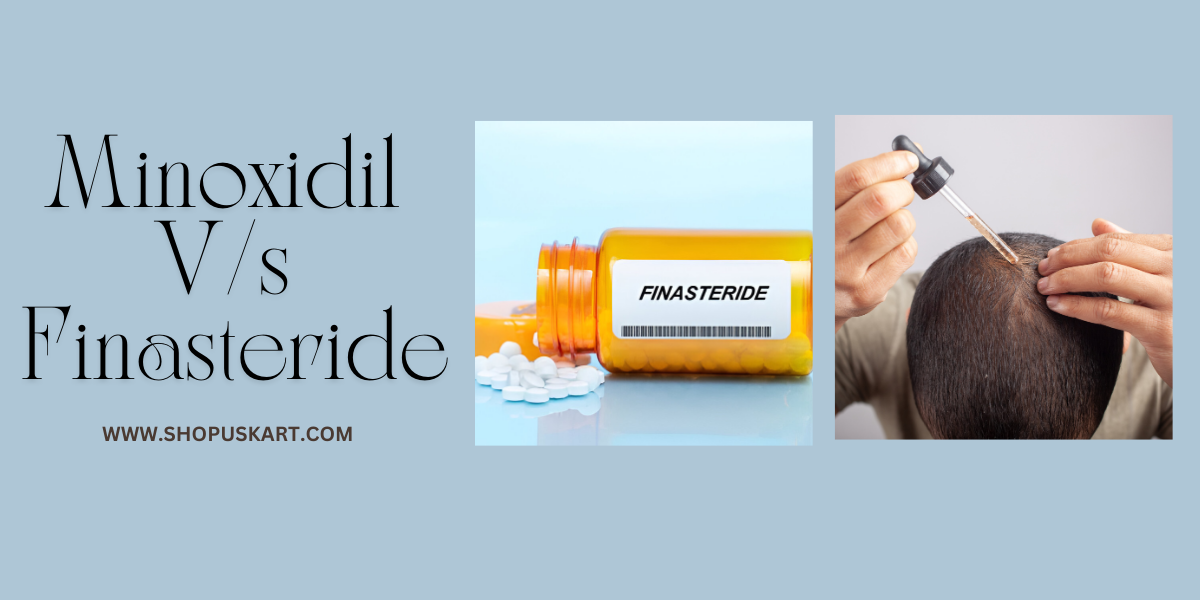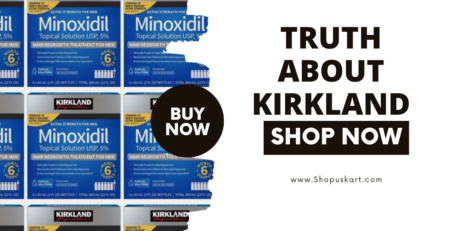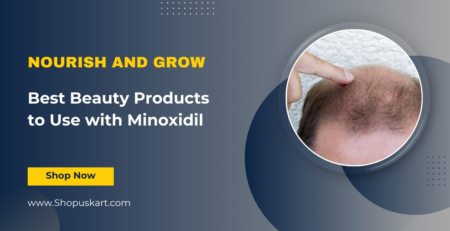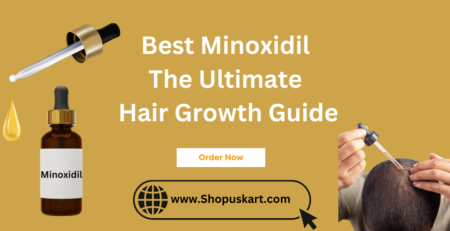Side by Side Differences Between Minoxidil and Finasteride
Minoxidil and Finasteride are both popular treatments for hair loss, but they work in different ways. Minoxidil is a topical solution that is applied directly to the scalp, where it stimulates hair growth by increasing blood flow to the hair follicles. Finasteride, on the other hand, is a medication that is taken orally and works by blocking the production of a hormone called DHT, which is known to cause hair loss.
One key difference between Minoxidil and Finasteride is the way they are used. Minoxidil is typically applied twice a day to the scalp, while Finasteride is taken as a pill once a day. This difference in application method may influence which treatment option is more convenient for some individuals.
Minoxidil and Finasteride
Another difference between the two treatments is their effectiveness. While both Minoxidil and Finasteride have been shown to be effective in promoting hair growth, Finasteride is generally considered to be more effective at preventing further hair loss. However, it is worth noting that individual responses to these treatments can vary, and what works for one person may not work for another.
In conclusion, Minoxidil and Finasteride are both viable options for treating hair loss, but they work in different ways and have different application methods. It is important to consult with a healthcare provider to determine which treatment option may be best suited for your individual needs and preferences.
Minoxidil vs. Finasteride: What’s the Difference?
Minoxidil and Finasteride are two popular medications used to treat hair loss, but they work in different ways. Minoxidil is a topical solution that is applied directly to the scalp. It works by increasing blood flow to the hair follicles, which can stimulate hair growth. Minoxidil is available over the counter and is generally considered safe for most people.
On the other hand, Finasteride is an oral medication that works by blocking the hormone DHT, which is thought to be a major cause of hair loss in men. Finasteride requires a prescription and is typically taken daily. While it is effective for many people, it can have side effects such as decreased libido or erectile dysfunction.
When deciding between Minoxidil and Finasteride, it’s important to consider your individual needs and preferences. Some people may prefer the convenience of a topical solution like Minoxidil, while others may be more comfortable taking a daily pill like Finasteride. It’s also a good idea to speak with a healthcare provider to discuss the best options for treating your hair loss.
Overview of Minoxidil and Finasteride
Minoxidil and Finasteride are two popular medications used to treat hair loss. Minoxidil is a topical solution that is applied directly to the scalp, while Finasteride is an oral medication that works by inhibiting the production of a hormone that contributes to hair loss. Both medications have been shown to be effective in slowing down or even reversing hair loss in some individuals.
Minoxidil is available over-the-counter and is often recommended for individuals with male or female pattern baldness. It works by increasing blood flow to the scalp and promoting hair growth. However, results can vary from person to person, and it may take several months to see noticeable improvements.
Finasteride, on the other hand, is a prescription medication that is primarily used to treat male pattern baldness. It works by blocking the conversion of testosterone into dihydrotestosterone (DHT), which is a hormone that can contribute to hair loss. Finasteride has been shown to be effective in slowing down hair loss and even promoting regrowth in some cases.
Both Minoxidil and Finasteride have their own set of potential side effects, so it is important to consult with a healthcare provider before starting any treatment regimen. Additionally, results can vary depending on the individual, so it is important to manage expectations and be patient when using these medications for hair loss.
What is Minoxidil?
Minoxidil is a medication used to treat hair loss, available in liquid and foam forms for direct application to the scalp. It increases blood flow to hair follicles, stimulating growth and preventing further loss. Minoxidil is commonly used for male and female pattern baldness, as well as other conditions like alopecia areata, and is generally safe and effective, though side effects are possible. Users should follow healthcare provider instructions for safe and effective treatment.
What is Finasteride?
Finasteride is a medication that is commonly used to treat hair loss in men. It works by inhibiting the enzyme that converts testosterone into dihydrotestosterone (DHT), which is thought to be a key factor in male pattern baldness. Finasteride is taken orally in the form of a tablet, typically once a day. It has been shown to be effective in slowing down hair loss and even promoting hair regrowth in some cases. However, it is important to note that finasteride does have potential side effects, including sexual dysfunction and decreased libido. It is always best to consult with a healthcare provider before starting any new medication, including finasteride, to discuss the potential risks and benefits.
Key Differences Between Minoxidil and Finasteride
Minoxidil and Finasteride are two commonly used medications for treating hair loss, but they work in different ways. Minoxidil is a topical solution that is applied directly to the scalp, where it stimulates hair follicles and promotes hair growth. It is generally considered safe and effective for both men and women. Finasteride, on the other hand, is an oral medication that works by inhibiting the production of a hormone called DHT, which is responsible for shrinking hair follicles. It is primarily used to treat male pattern baldness and is generally well-tolerated.
One key difference between the two medications is how they are used. Minoxidil is applied directly to the scalp once or twice a day, while Finasteride is taken orally in pill form. Additionally, Minoxidil can be used by both men and women, while Finasteride is typically only prescribed for men.
Another key difference is in the potential side effects of each medication. Minoxidil may cause scalp irritation or unwanted hair growth in some individuals, while Finasteride has been associated with sexual side effects such as decreased libido and erectile dysfunction in a small percentage of users.
Ultimately, the choice between Minoxidil and Finasteride will depend on individual preferences, medical history, and the advice of a healthcare provider. It’s important to weigh the potential benefits and risks of each medication before making a decision on which one may be right for you.
Side Effects of Minoxidil and Finasteride
Minoxidil and Finasteride are two popular medications used to treat hair loss in both men and women. While both medications can be effective in promoting hair growth, they can also come with potential side effects that users should be aware of.
Minoxidil, commonly known as Rogaine, is a topical medication that is applied directly to the scalp. Some common side effects of Minoxidil include scalp irritation, itching, and dryness. In some cases, users may also experience unwanted hair growth in other areas of the body. More serious side effects of Minoxidil are rare but can include chest pain, rapid heartbeat, and dizziness. It’s important to consult with a healthcare provider if you experience any concerning side effects while using Minoxidil.
Finasteride, known by the brand name Propecia, is an oral medication that works by blocking the hormone responsible for hair loss. Some common side effects of Finasteride include decreased libido, erectile dysfunction, and breast tenderness. There have also been reports of more serious side effects such as depression and anxiety in some users. Like with Minoxidil, it’s important to speak with a healthcare provider if you experience any concerning side effects while taking Finasteride.
In conclusion, while Minoxidil and Finasteride can be effective treatments for hair loss, they do come with potential side effects that users should be aware of. It’s important to discuss any concerns or side effects with a healthcare provider to determine the best course of action for your individual situation.
Conclusion: Choosing the Right Treatment for You
In conclusion, when it comes to choosing the right treatment for yourself, it’s important to consider your individual needs and preferences. Whether you opt for traditional medicine, alternative therapies, or a combination of both, the key is to find a treatment plan that works best for you. Remember to communicate openly with your healthcare provider, do your own research, and trust your instincts. Ultimately, the goal is to find a treatment that will help you feel better and improve your overall well-being. By taking an active role in your healthcare decisions, you can find the right treatment that is tailored to your unique needs and goals.













Leave a Reply